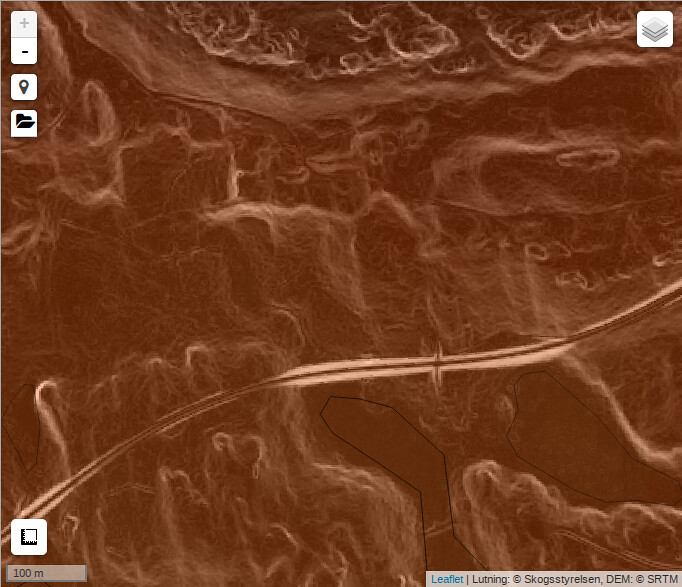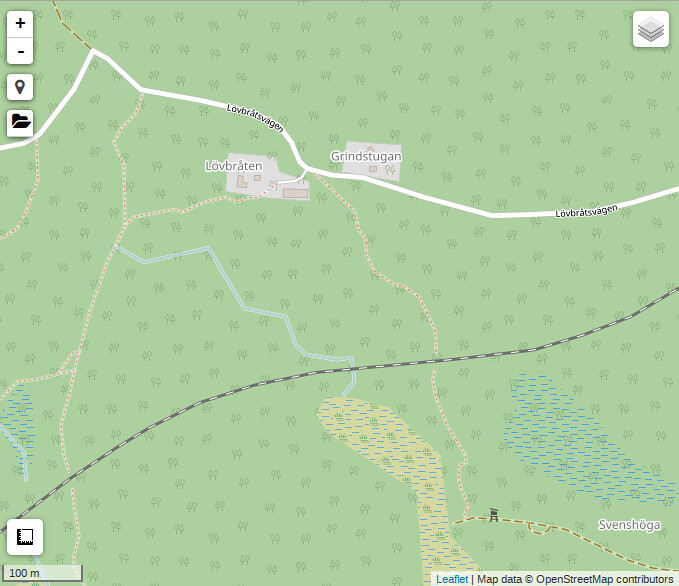One of my favourite activities is mapping trails and other stuff in the forest, especially when mapping using an MTB. Using a bike allows my to get further quicker than I would by foot, and with the bike I can go more or less anywhere.
Also, it is really fun to ride an MTB in the forests where I live. I try to map the trails that might be useful for others. Another important thing is that other map providers often do not have any information about trails/paths in the countryside.
So I thought it could be interesting to show what stuff I usually pack when going on a trip. Apart from what is shown in the images I also bring some food or snack, such as fruit or a chocolate bar. Then I also keep some backup carbs such as a gel in my pack, just in case I run out of fuel.
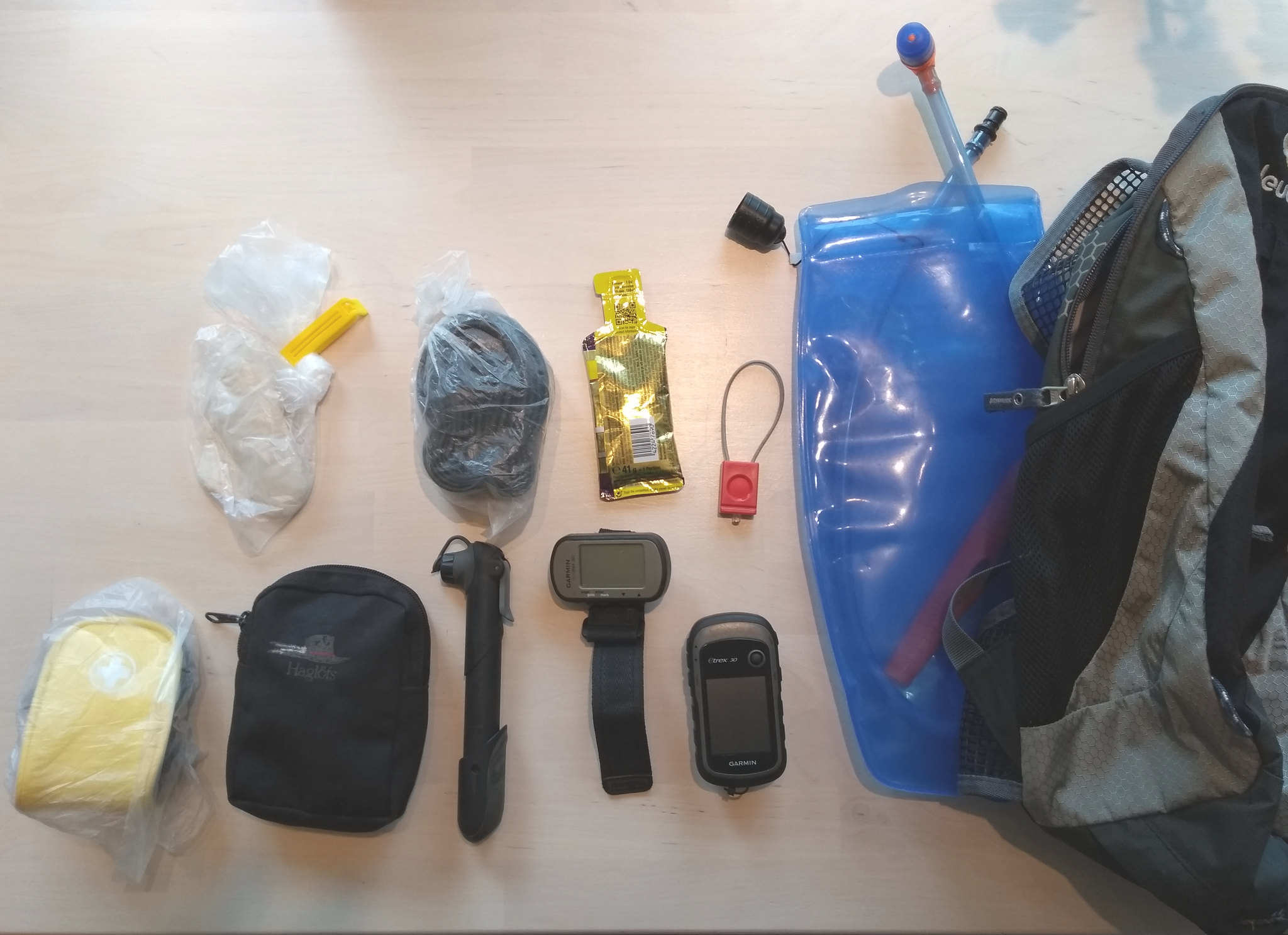 From right to left we have:
From right to left we have:
- Backpack and hydration bladder
- GPS. I usually use an Etrex30, but on longer trips I also bring an old Foretrex as backup
- Spare bike light. It can’t replace a real light, but it’s small and easy to carry, so it’s good to bring along in case I stay out for too long.
- Gel or some other form of backup energy. Something that lasts for a long time, so I can keep it in the backpack for a longer period.
- Reserve tube. I switch size depending on the bike I will use.
- Bike pump
- A little toilet paper in a plastic bag. The plastic bag can serve many purposes, the toilet paper can be used for wounds, and of course it can be used normally as well. When you need it, you’re glad you’ve brought it along! And it only weighs a few grams.
- Tools in a smaller bag. See the image below.
- First aid kit. Pretty cheap and light, but contains most stuff one may need. I keep this in a plastic bag as well, so it is clean and dry when it is needed.
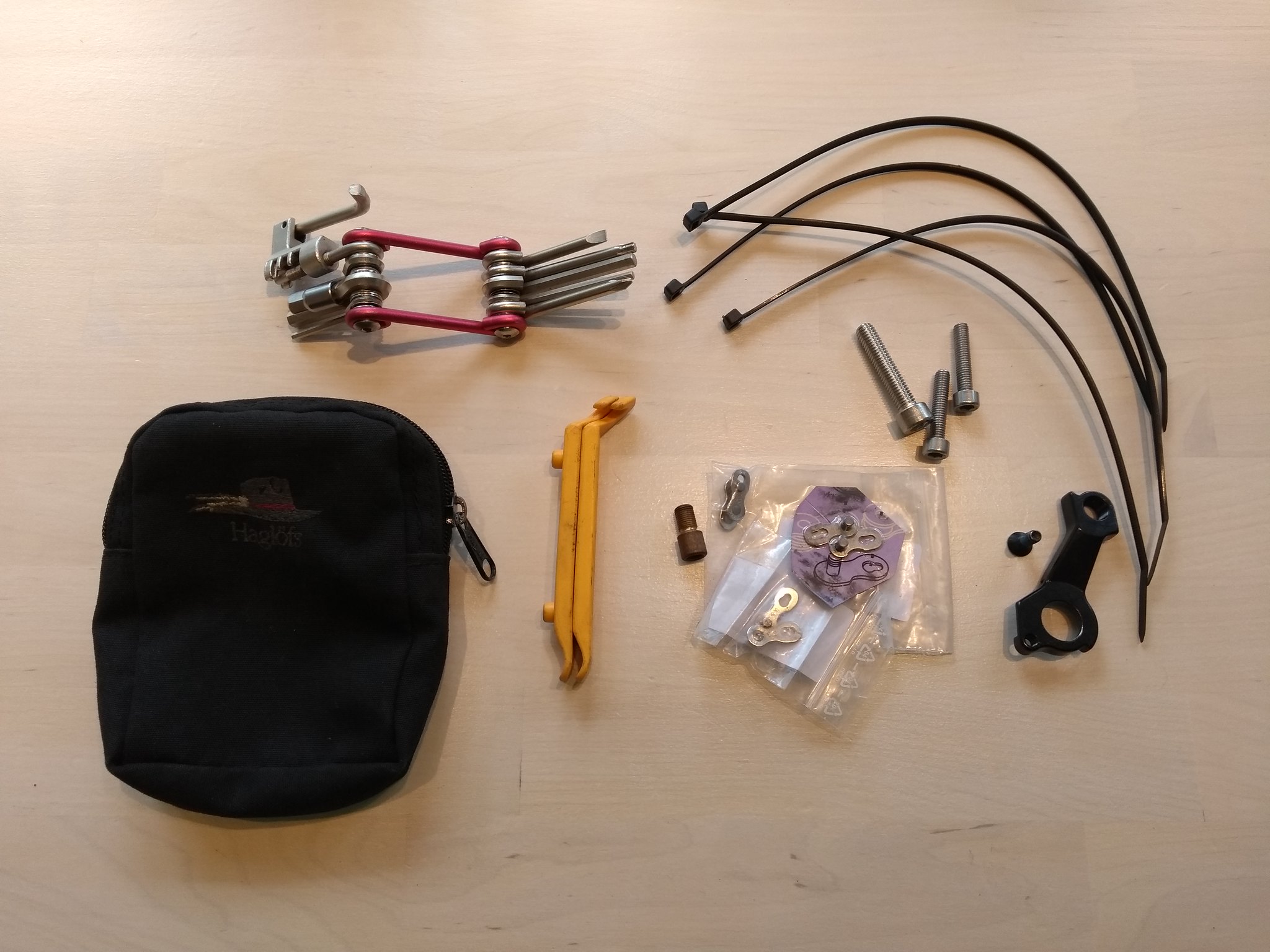 In the small bag I have:
In the small bag I have:
- Multitool for bikes (includes a chain tool)
- Tyre levers
- Plastic strips. Useful for many things
- Spare derailleur hanger. Can save you a long walk home.
- Some spare bolts. I probably need to add a few more different sizes though.
- Chain quicklinks. Since I use different bikes I bring one of each for 8, 10 and 11 speed chains.
When I go for a mapping ride, I usually go alone, since my biking friends don’t enjoy crawling through thick forests to find an old quarry, trying small paths just to see where they might end up (often dead ends) or spending 30 minutes looking for an old ruin. So when I ride alone I use the OsMoDroid app to automatically send my position every minute so that my family can find me in case I have an accident or similar.
In the GPS unit I have stored POIs for places that I suspect may hold something interesting I might want to map. In the phone I also keep a planned route and the OsmAnd app, which is really useful.
Of course I also bring clothes to match the weather. What I probably should get is a small pocket knife, since that can be very useful if anything happens in the wilderness.
Note: I don’t endorse any particular brand of gear. All these items I have purchased and paid for myself.
 Var är vägen? Det skiljer upp emot 10 meter mellan NVDB och Terrängkartan.
Var är vägen? Det skiljer upp emot 10 meter mellan NVDB och Terrängkartan. Gammalt ortofoto med “Öppen mark”.
Gammalt ortofoto med “Öppen mark”. Nyare satellitbild med “Öppen mark”. Notera området uppe till höger som ej längre verkar vara öppen mark.
Nyare satellitbild med “Öppen mark”. Notera området uppe till höger som ej längre verkar vara öppen mark.
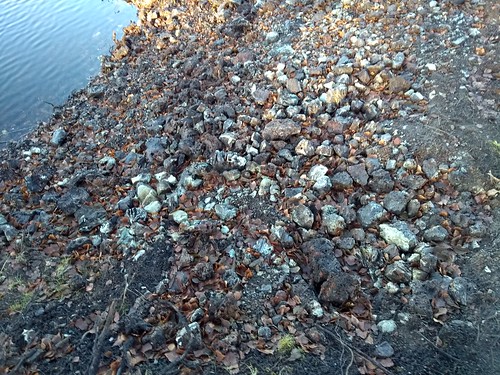
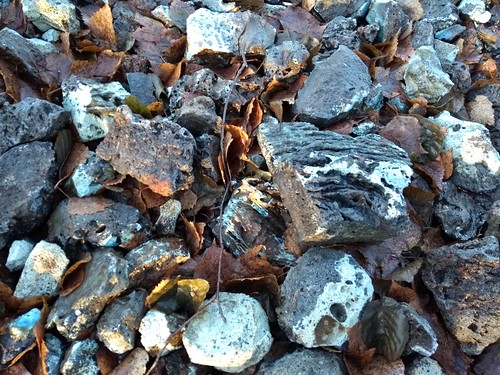
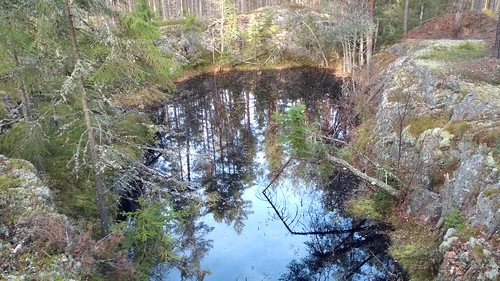

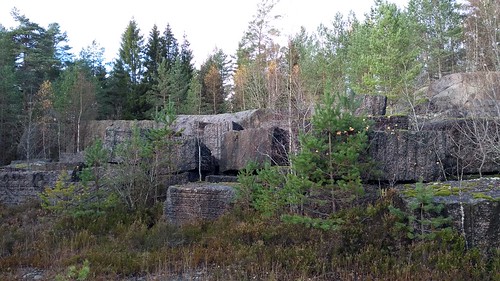

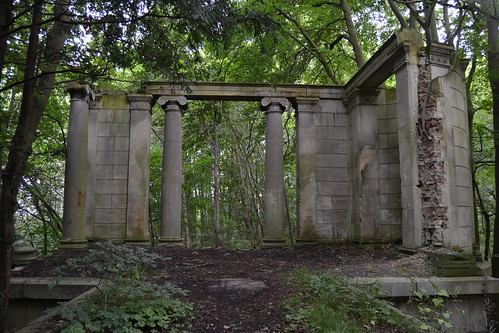


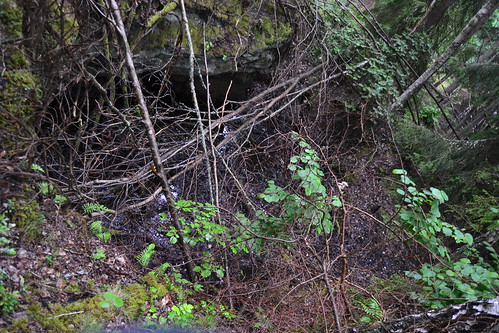
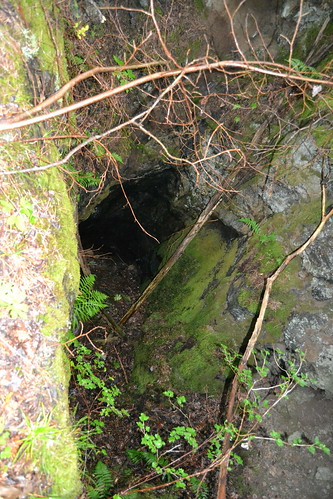
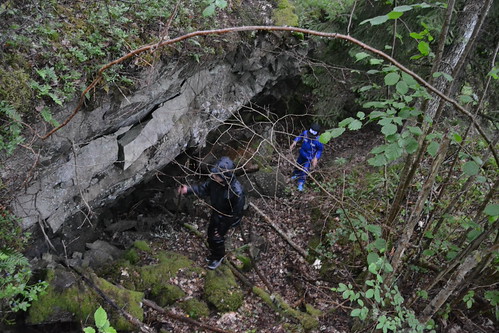
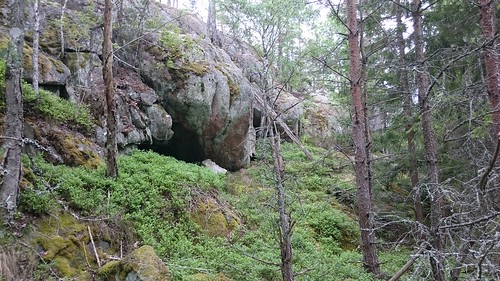

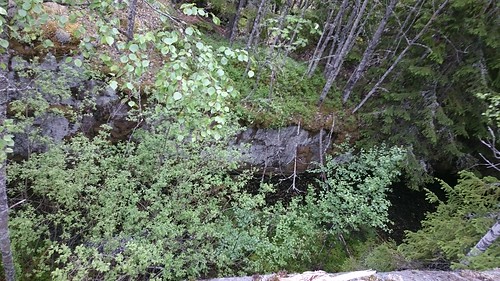
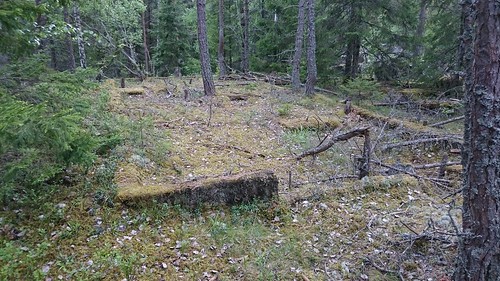

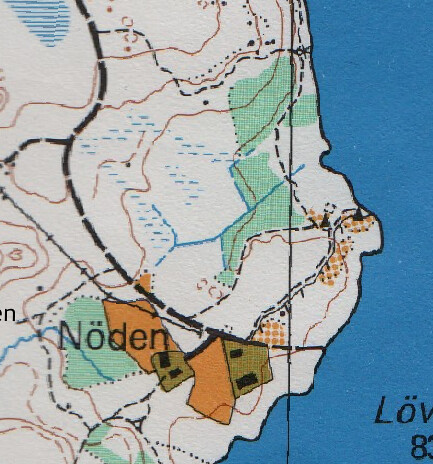

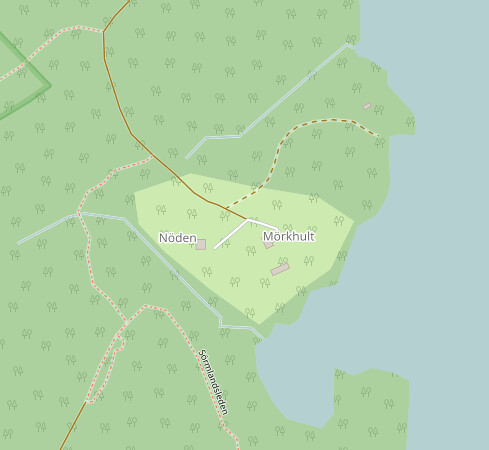

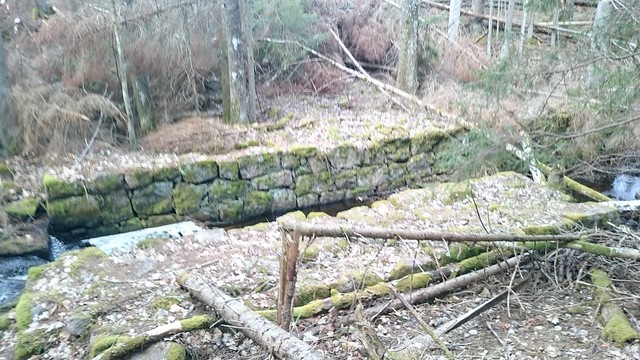

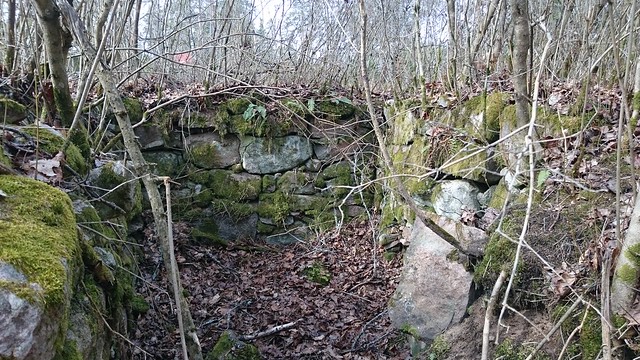
 show a road traversing the railroad track in the center of the picture.
show a road traversing the railroad track in the center of the picture.